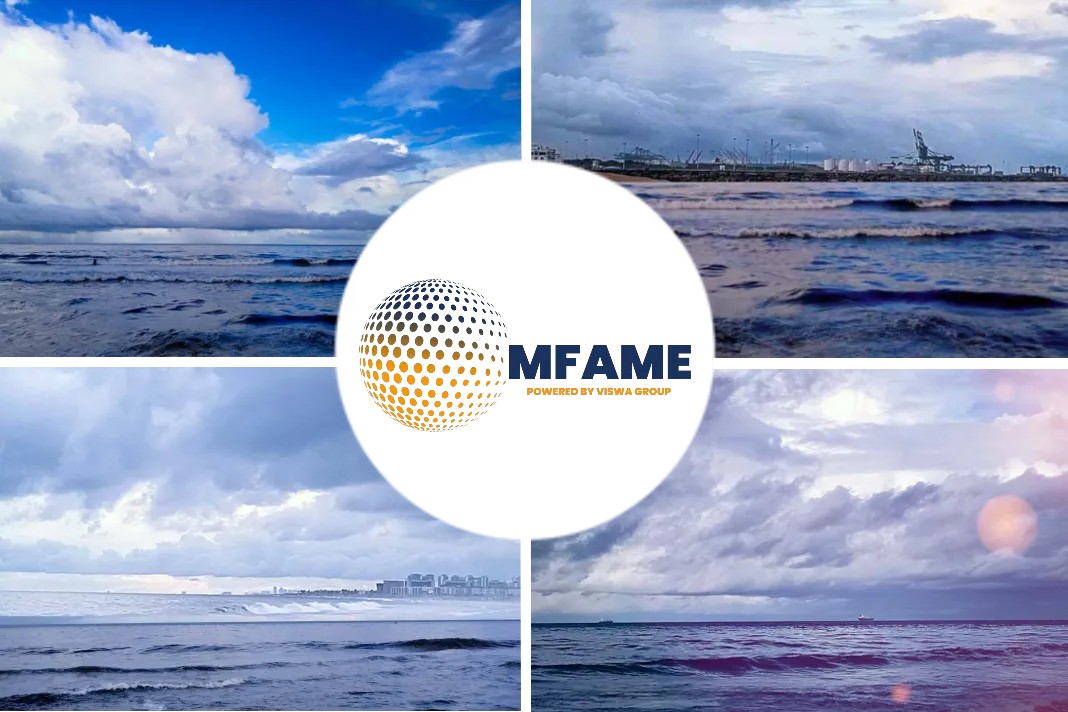Freepoint Commodities Singapore says it will start supplying very low-sulfur fuel oil (VLSFO) in the fourth quarter in the world’s largest bunkering port when ships start testing a fuel that will meet global standards going into effect from 2020, reports Reuters.
Pertamina for oil blending
The U.S. commodities trading company is also upgrading a terminal owned by Indonesian state energy firm Pertamina where traders can blend oil into VLSFO and supply the fuel to neighboring Singapore, Ouyang Xiuzhang, head of Freepoint’s Singapore unit, told Reuters.
The International Maritime Organization (IMO) has mandated that ships globally have to reduce the sulfur content in the fuels they use to 0.5% from 3.5% from 2020 to cut pollution.
HSFO or VLSFO
That means shippers will have to choose between installing air pollution control devices called scrubbers so they can keep burning high-sulfur fuel oil (HSFO), or opting to use more expensive VLSFO or marine gasoil to power their vessels.
“We already have Asian clients booking our supply of low-sulfur fuel oil,” which will start arriving in the fourth quarter, Ouyang said in an interview last week.
Stamford, Connecticut-based Freepoint Commodities is relying on its experience as a supplier of LSFO to power plants in the United States and plans to ship U.S. fuel oil components to blend VLSFO in Asia, Ouyang said.
“We can supply out of floating storage in Singapore,” he said, adding that work is also underway to upgrade Pertamina’s Sambu Island terminal, which is to be completed next year.
Sambu Island terminal
The terminal, located about 23 km (14 miles) from Singapore, has 17 tanks and a storage capacity of about 2 million barrels.
“Singapore’s LSFO storage is quite full,” he said, and Freepoint has already been getting enquiries from customers interested in using the facility.
Fuel compatability issues
Concerns about the availability of VLSFO and potential compatibility issues of fuels from different sources have prompted shipowners and bunker fuel sellers to lock in some term supplies from certain suppliers.
“Most people seem to believe that VLSFO will be the most popular fuel going forward,” he said.
“Buyers want to make sure they have good and consistent quality. Many of them have asked for a minimum viscosity guarantee that many suppliers are not willing or able to guarantee,” he said.
Shipowners want oils that have a viscosity of at least 100-centistoke, he said. A higher viscosity points to a higher calorific value and is more suitable to existing ship engines, he said, with most now burning HSFO with viscosity between 380-cst and 700-cst.
“Our ability to guarantee some of that will make us a preferred supplier,” Ouyang said.
Did you subscribe to our daily newsletter?
It’s Free! Click here to Subscribe!
Source: Reuters

















